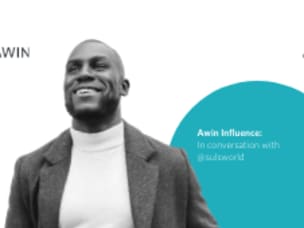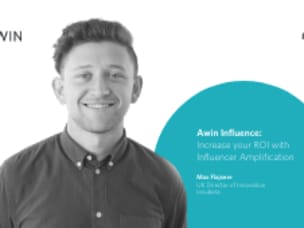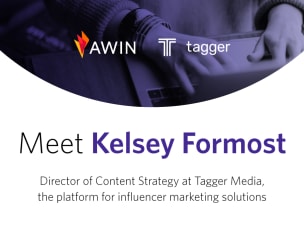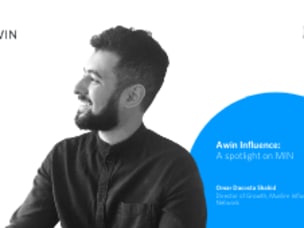How to select an influencer for the best campaign ROI
Written by Nicola Wellington on 4 minute read
There is more to the eye when choosing an influencer for your brand campaign. We discuss the selection criteria that will boost your chances of ROI success.
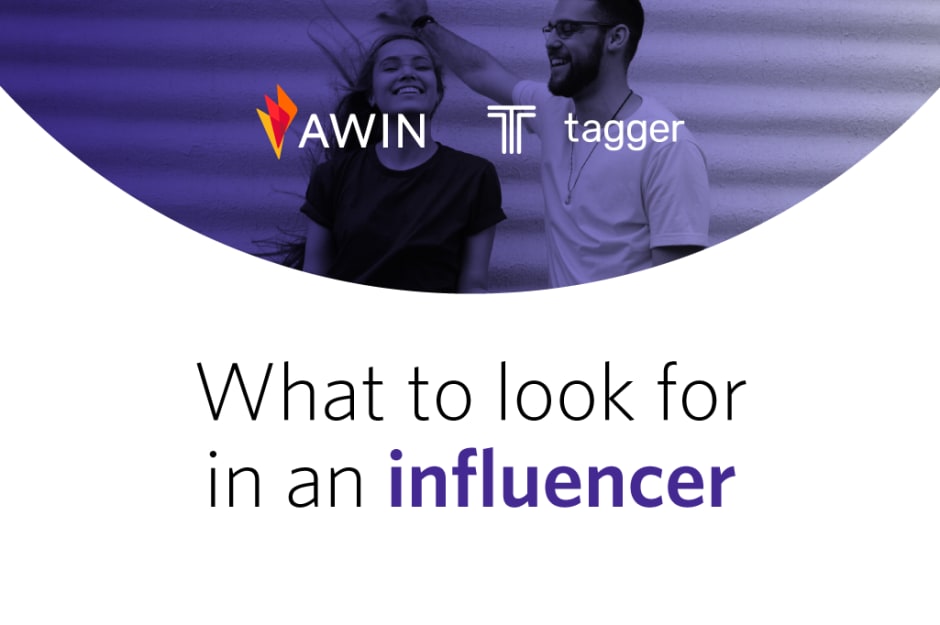
For the next instalment of our influencer content series, we evaluate how to ensure campaign success during the influencer prospecting process. Kelsey Formost, Director of Content Strategy at Tagger Media discusses how to select a suitable influencer for your brand. Read our interview with Kelsey in part one of the series here.
NW: Can marketers and brands measure influencer marketing?
KF: Consumers are make purchasing decisions based on emotion, trust, and influence. To measure both ‘trust’ and ‘influence’, there are key data points we can use to predict a creator’s level of influence, and in turn, probable ROI for a particular brand campaign.
Influencer marketing gives advertisers the opportunity to associate a trusted creator with their brand. Consumers are much more likely to trust a recommendation from a person they’ve chosen to follow; a person they’ve already grown to know and like over time.
New technologies allow us to dig deeper into an influencer’s audience and affinities than we ever could before, helping marketers to see beyond traditional demographics, and data markers to predict which influencers are the most likely to contribute the best results.
Should brands engage with micro-influencers?
By now, most marketers have seen the benefits of partnering with influencers whose audience size falls in the micro categories. But the benefit reaches beyond the traditionally higher engagement rate that smaller social audiences provide.
The truth is, micro-influencers are usually much more accommodating when it comes to collaborative content creation, and are eager to form genuine, lasting partnerships that are mutually beneficial for both the brand and the creator. Micro-influencers tend to be more open to adding additional streams of content to your campaign (like creating Reels in addition to Stories, or putting together carousels vs a singular feed post).
This kind of flexibility and focus on creativity increases the likelihood of campaign success for both the brand and the influencer.
Should brands consider the potential for a long-term partnership?
Influencers have spent years building and cultivating an engaged audience who is eager to hear what they have to say. The most effective influencer acts as a trusted friend to their followers, and trust is the most valuable commodity for marketers, especially in today’s digital economy.
We’re seeing a strong trend in the influencer marketing industry where brands and creators are purposefully looking to create long-term partnerships rather than just running a limited campaign. These are the most effective collaborations because they tap into that sense of audience trust by showing up for followers in a consistent, predictable way. Repetition begets recognition, recognition begets trust, trust begets sales & ROI.
What is social listening?
Determining a brand’s “ideal audience” is about so much more than just applying filters of gender, age, location, and keywords. The real ideal audience is one that already has a deep desire or need for whatever it is you’re hoping to promote.
This is where social listening becomes such a powerful tool. Social listening enables brands to track, measure, and understand the competitive landscape. It allows them to see what’s working (and what isn’t) for their competitors, see what influencers are already saying about their brand, and measure their brand’s overall social health.
How can brands utilise audience affinities?
Understanding audience affinities is like being able to see an influencer’s values under a microscope, giving you a much better idea of whether or not they (and their audience) align with your brand.
We can predict the future success of an influencer campaign by looking at what brands and creators the influencer’s audiences are already talking about and actively engaging with. This could mean anything from following, to bookmarking posts, to sharing content, to tagging, to just simply talking about them online.
By understanding the conversations already being had by an influencer’s audience, we can predict whether or not that audience has a predisposition to respond positively to a certain brand. Affinities are an excellent predictor of both behavioural and even psychological responses.
--
Influencer marketing is the bridge between strategy and creativity in this digital era. Especially in the current climate, one thing is abundantly clear: Influencers are driving cultural trends more than ever before. It’s in every brand’s best interest to invest in the tech necessary to analyse and understand their online audience in order to reach them in the most effective way possible.
Kelsey Formost is the Director of Content Strategy for Tagger Media. Read our interview with Kelsey in part one of our content series here.
For more information about how to kickstart your influencer campaigns please contact the Publisher Management team.
